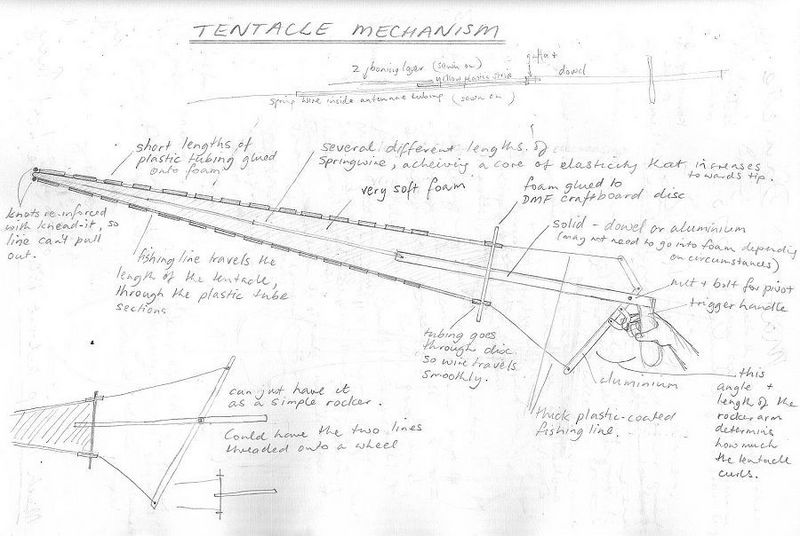Happened across Duct Tape Rachel, a bold photo of the process of making a self-form-fitting duct tape dressmaker’s dummy. It links to an article called Clone yourself a Fitting Assistant by , which in turn shows you four ways of making your own dummy:
tutorial
Moss graffiti and secret worlds
We have been deep in drought for some years, but in just the last few weeks we have had enough rain to encourage small patches of green to peep through, and suddenly there are beautiful verdant mounds of moss appearing in nooks and cracks in the pavement, and around trees in the gardens. I’m beginning to think I might be able to experiment with this recipe from Stories in Space for getting moss to grow in specific areas:
Recipe:
(serves to create several small pieces or 1 large piece of graffiti)
1 can beer,
1/2 teaspoon sugar
several clumps garden moss
Plastic container with lid, blender, paintbrush
‘To begin the recipe, first of all gather together several clumps of moss (moss can usually be found in
moist, shady places) and crumble them into a blender. Then add the beer and sugar and blend just long enough to create a smooth, creamy consistency. Now pour the mixture into a plastic container.
Find a suitable damp and shady wall on to which you can apply your moss milkshake. Paint your chosen design onto the wall (either free-hand or using a stencil). If possible try to return to the area over thefollowing weeks to ensure that the mixture is kept moist. Soon the bits of blended moss should begin to re-couperate into a whole rooted plant – maintaining your chosen design before eventually colonising
the whole area.’
I love the other images and ideas at Stories in Space, in particular Myrmidon Castle (pictured above), and Hideaway.
Foam construction puppet tutorial at Bear Town
I’ve been enjoying PuppetVision Blog for a while now. Based in Toronto, Canada, it casts its net much wider, and looks at video and film puppetry.
PuppetVision’s blogger, Andrew, is also creating Bear Town, a web-based puppetry project. Part of the ‘behind the scenes’ information there is a step-by-step series of articles documenting the making of Tumbles B.Bear. There’s a useful tutorial about a soft foam puppet construction method nicknamed ‘the wedge method’, (free pattern) where a series of wedges is used to a make hollow ball of varying shape, as well as information about how Tumbles’ arms, hands and mouth are made.
Updated 2015: some links broken, some renewed
A tentacle mechanism
When I was making puppets for ‘The Lost Thing’ a few months ago we had to come up with a simply-made tentacle that could start out straight, and then reach about a metre or more, and curl around to some extent at the tip. Here is the drawing I made of the mechanism I invented, in case its useful to other makers:

(click to enlarge)
The curls in simple tentacles usually only work in two directions. They are mechanically similar to those intriguing flexible wooden snakes and fish whose bodies are sliced into lots of cross-sections, and then constructed again with a leather or canvass strip running up the middle of the body:




